TABLE OF CONTENTS
Graphics cards come in various different shapes and sizes. Some of them are astoundingly large, if not even intimidating.
Others, however, are more subdued visually and come with an equally modest cooling solution.
There’s also a third kind: the one that’s fully integrated into your processor.
The biggest reason why you need some kind of graphics card is rather simple: it is the one component that can send out a video signal to your monitor and, in doing so, allow you to use your computer.
Without it, you wouldn’t be able to do anything with your incredibly intricate (and often obscenely expensive) hardware.
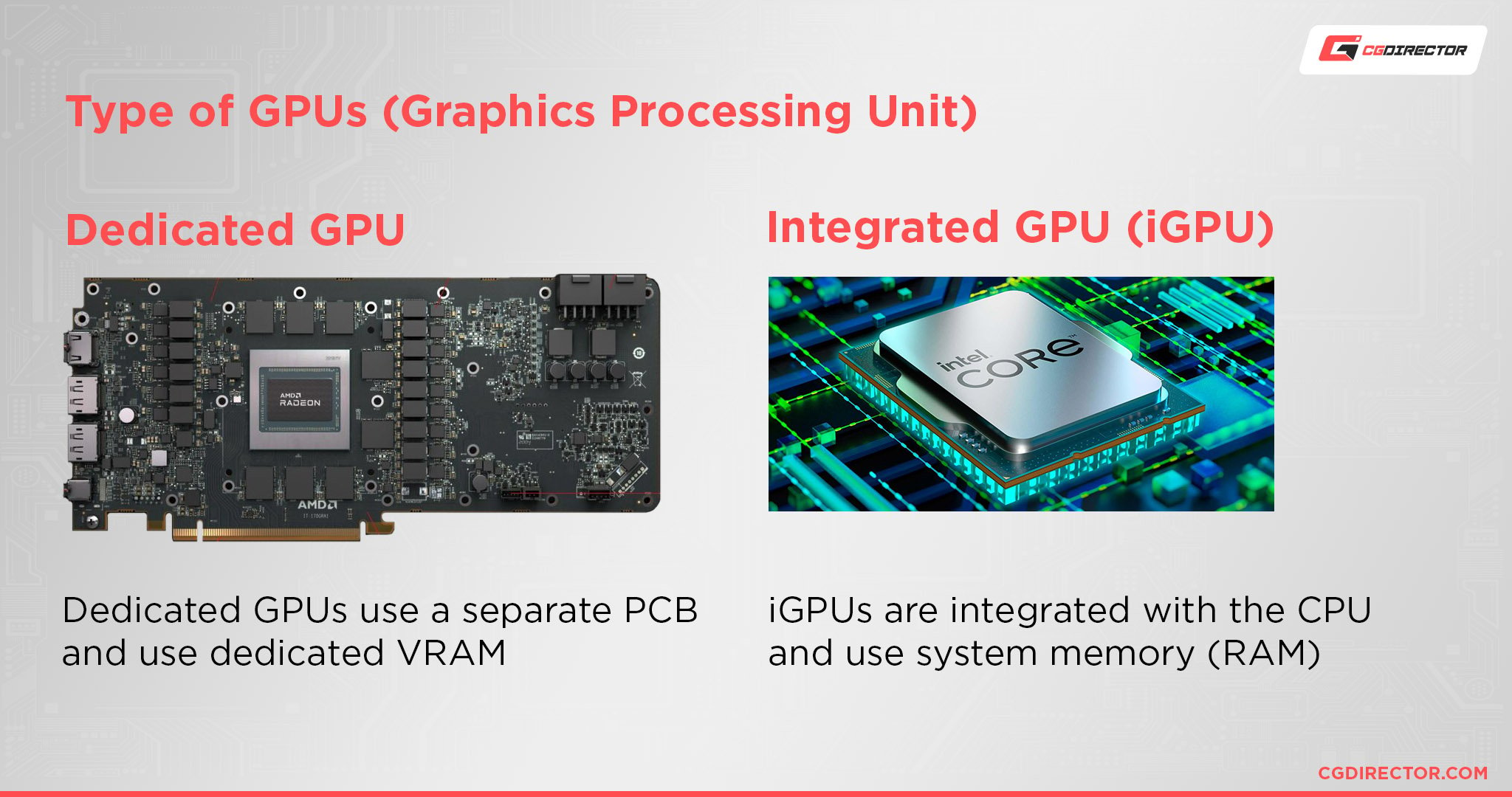
You can use a GPU for a million different things (most of which are quite exciting), but they all have the exact same core purpose.
Sending out a video feed is by no means a tremendous challenge, which is why even the weakest integrated graphics cards can get the job done.
The whole point of an iGPU is to have both the processor and the graphics processing unit on just a single die.
Why would anyone want such a thing, you might ask?
Well, the answer’s quite simple: most folks don’t really need a dedicated GPU. They don’t partake in any graphically intensive workflows that would require a dedicated and powerful dGPU.
Most folks use their computers for regular “office type” tasks, some light web browsing, listening to music, consuming any kind of video content, or playing rather simple games.
An integrated GPU, therefore, is more than enough.
Those whose work includes any kind of graphically intensive tasks, however, will want a dedicated graphics card as an integrated one almost surely isn’t going to suffice.
So, let’s do a quick overview of sorts — a primer, if you will — on the strengths, weaknesses, and perhaps most importantly the differences between these two types of GPUs.
Integrated vs. Dedicated Graphics Cards | Biggest Differences
Power and Memory Limitations
All dedicated graphics cards draw their power from the PCI Express slot on your motherboard.
That slot alone provides 75W which is actually enough for many low-end GPUs.
Those that are a bit more power-hungry, on the other hand, will get additional “juice” from the power supply.
Integrated graphics cards, however, rely totally on your CPU and your RAM.
They operate within certain thermal and power constraints, and even though some of them do allow for a slight overclock, there’s still a finite amount of power they can draw.
They also don’t have any video memory (VRAM) of their own which is why they have to “tap into” your RAM.
You will, therefore, need a fair bit of RAM if you want to harness and leverage the full potential of your integrated graphics card — having a dual-channel set-up is also very much preferred if you want to ensure the best possible results, be it in gaming or just overall system responsiveness.
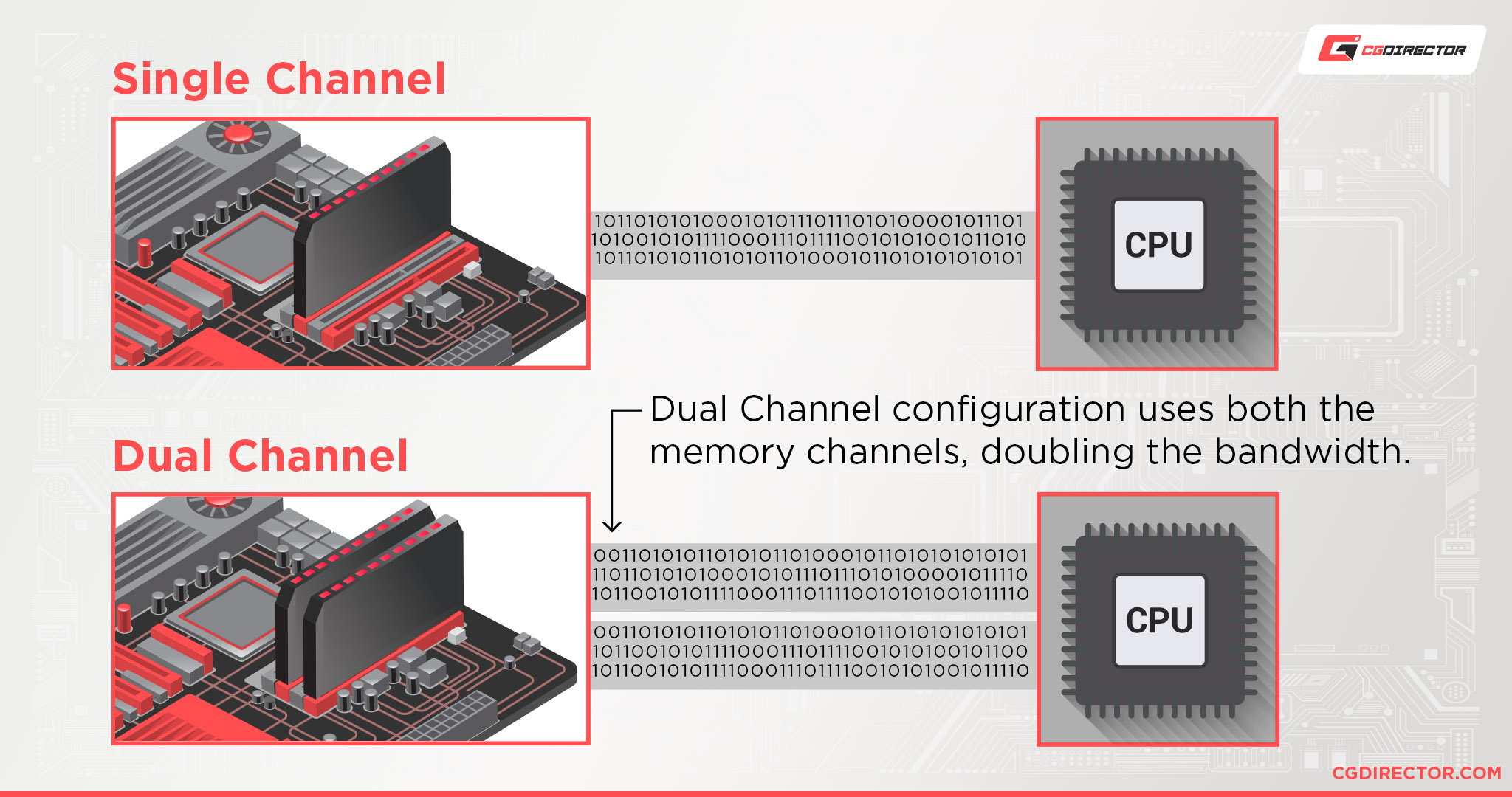
The performance of certain iGPUs depends heavily on the rest of your components.
With a dedicated graphics card, however, you always know what kind of performance you’re going to get, and you can even tinker with it post-purchase and squeeze out even more performance through overclocking, undervolting, and so on.
Dedicated graphics cards are, therefore, superior in every conceivable way (apart from power draw, as they do draw more power).
Cost Savings
A dedicated GPU costs a lot of money.
An integrated one, however, is sort of “free” as it comes bundled with the processor.
CPUs with powerful integrated graphics sell at a slight premium, but they’re still more than worth the asking price.
If you’re on a tight budget, these iGPUs will still suffice for light workloads, 1080p video editing, and even a bit of gaming on the side (mostly esports titles like Overwatch, DOTA 2, and the like).
You should, however, temper your expectations as they can only do so much.
Temperature
iGPUs don’t need their own cooler — they work in tandem with your processor and enjoy the benefits of its cooler as well.
Dedicated graphics cards, on the other hand, require a cooling solution of their own, what with them being so much more powerful and all.
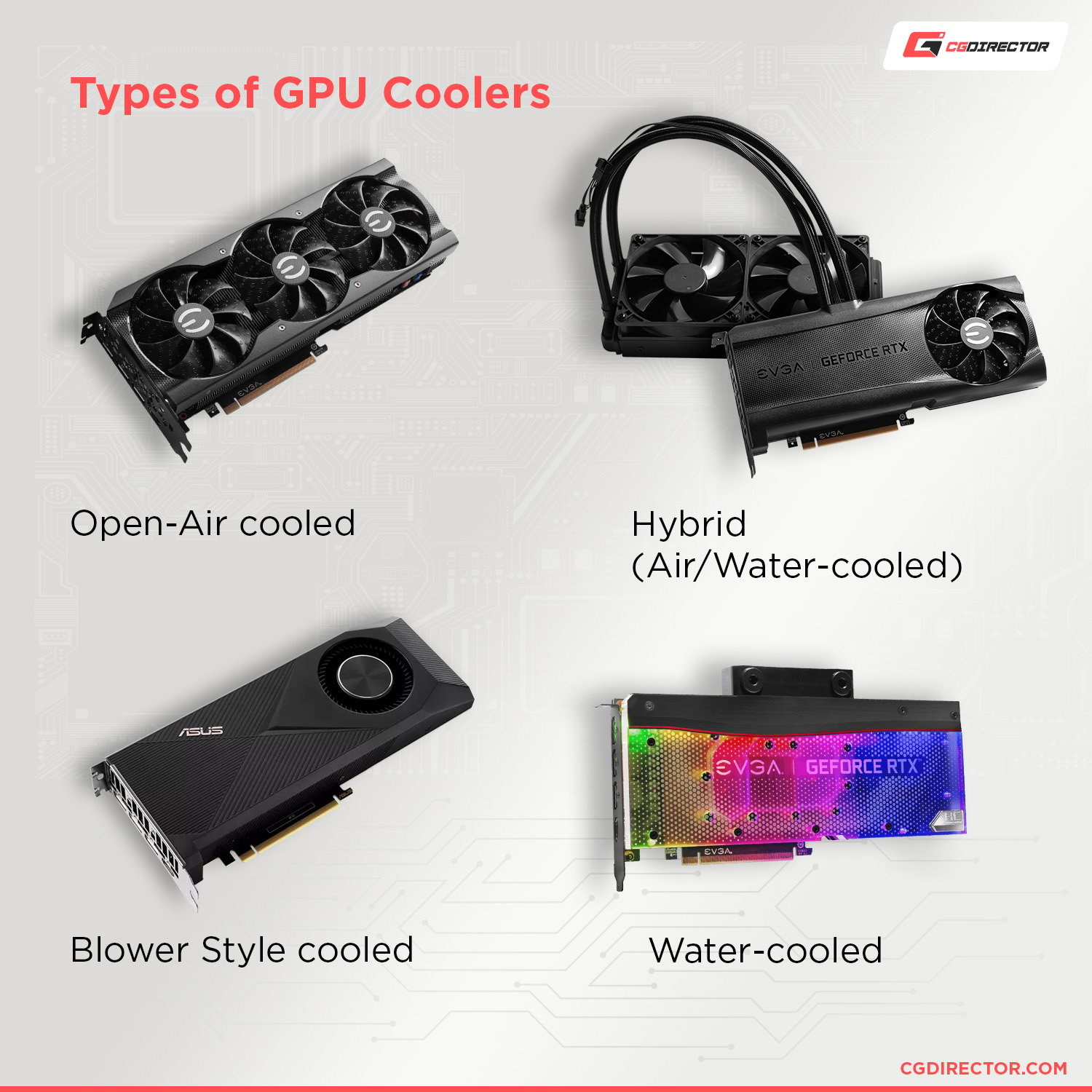
If it’s an incredibly potent graphics card, it’ll draw an inordinate amount of power and, by proxy, generate just as much heat.
These things can get toasty, which might not be such a bad thing if you’re in a cold climate.
In the summer, however, you better make sure your air conditioning works properly, lest you find yourself in a veritable oven.
But that’s the price one has to pay. With higher performance and power draw come higher temperatures, more fan noise, more cables for you to manage, and your wallet isn’t going to be particularly happy either.
Flexibility
Dedicated graphics cards allow their users ample room for experimentation and tinkering. They can also be repaired and upgraded should the need arise.
They’re tools we can use in our creative and gaming endeavors.
And much like any other tool, they’re somewhat malleable and can be adjusted to our liking and personal preference.
They also come in various different shapes and sizes and designs; some of them are as thick as one’s wrist.
Others, however, are so small that it’s easy to mistake them for something else, like a PCIe expansion card. Heck, some of them are even passively cooled!
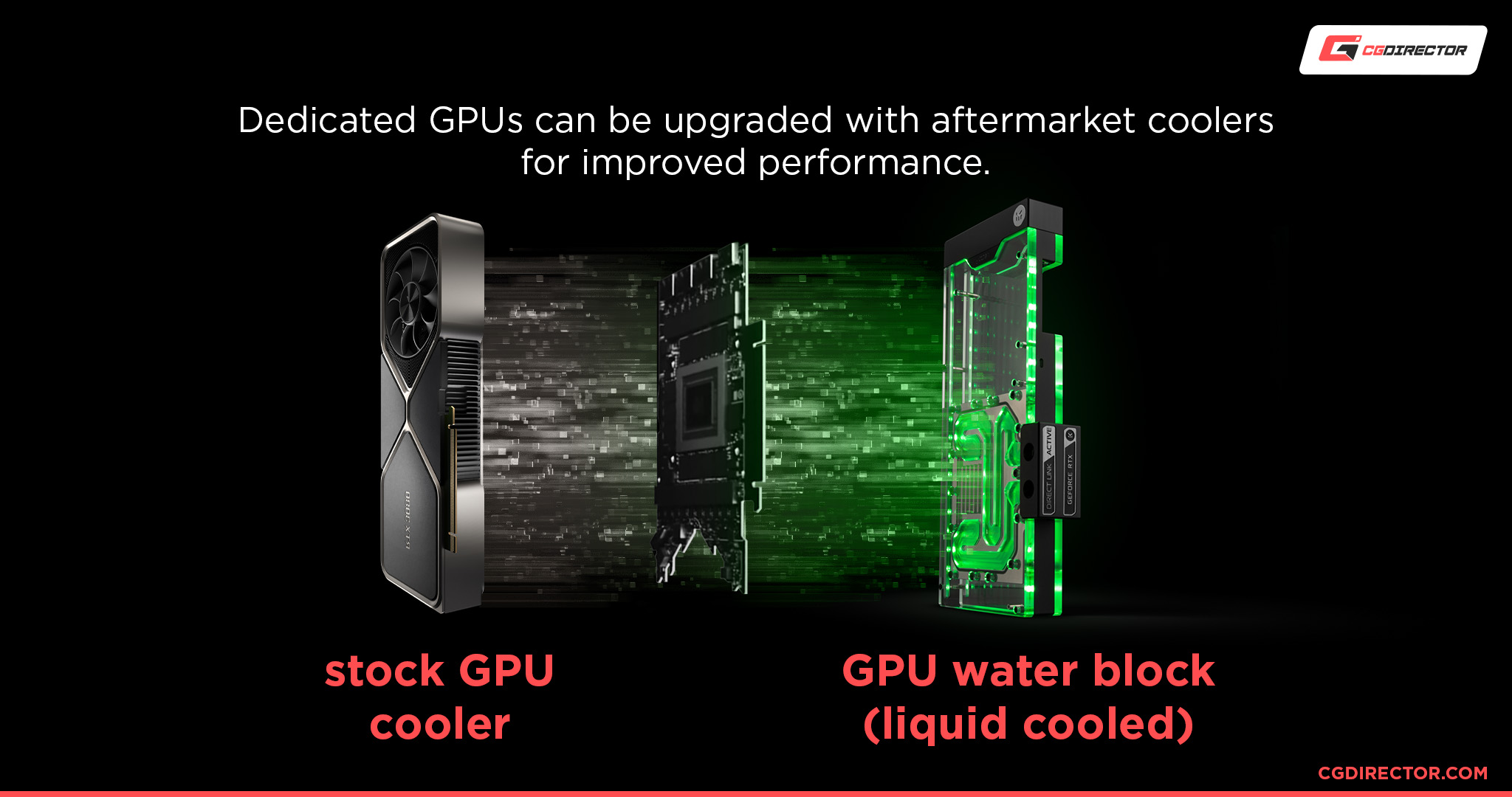
Having a wider gamut of options to choose from is always a good thing.
Maybe you want to build a small form factor PC and need the smallest GPU you can find. Or perhaps you want a gaming behemoth and are willing to spare no expense to build one.
Integrated graphics cards, on the other hand, are finite in power.
You can, with the right adjustments, eke out a bit more performance, but you’re always going to get pretty comparable results — an iGPU can only draw so much power and is limited in potential by design.
iGPUs — A Surprising Amount of Power
The way in which we use our computers has definitely changed over the years — we all became more demanding, whether we realize it or not.
Nowadays, a surprising number of people are streaming high-quality video (up to 4K), doing a bit of design work on the side, and even gaming during leisure time.
Fortunately, Intel and AMD were more than willing (and able) to meet the challenge.
Today’s integrated graphics cards are much more powerful than ever before and are actually enough to run many of today’s most popular titles at respectable frame rates.
Such results were unfathomable just a few years ago.
An integrated graphics card trading blows with a desktop-class GTX 1050? That sounds like science fiction — one that’s badly written, too.
But through many technological advancements (not to mention feats of engineering), it is a reality we all now live in.
So for basic tasks — even those that might be a bit more graphically demanding — a “top-of-the-line” iGPU could very well suffice.
AMD is currently in a league of its own when it comes to integrated graphics, but Intel isn’t half bad either:
iGPU + dGPU — A Combination That (Sometimes) Makes Sense
Just because a dedicated graphics card is better and more versatile than an integrated one doesn’t mean you can’t leverage the power of both.
To do so, you obviously need to have a processor with graphics built-in along with a separate, dedicated GPU.
A certain application like DaVinci Resolve, Adobe Premiere Pro, After Effects, and a few others can harness and utilize both GPUs and, in doing so, make a world of difference when it comes to timeline performance, video encoding/decoding, rendering, and many other hugely important tasks that will make your entire editing process noticeably more enjoyable.
DO NOTE: Currently, this is only true for Intel’s 11th and 12th Gen processors with built-in graphics; their iGPU media encoders, believe it or not, are deceptively powerful and, therefore, something you might be able to use in your workflow and benefit greatly from.
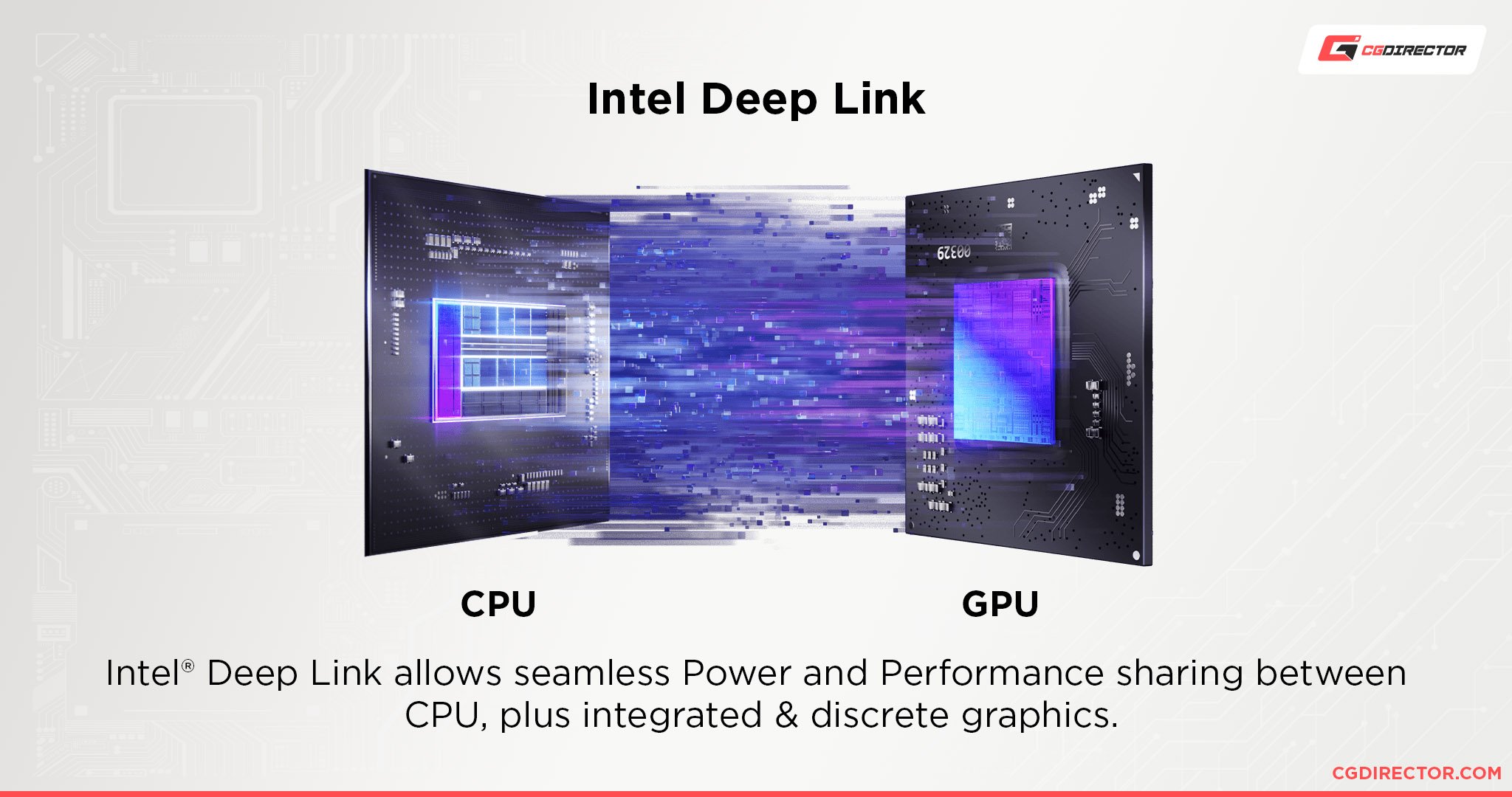
Source: Intel
These iGPUs are also capable of running multiple 4K displays which is also a very nice benefit. You might not need it now but that could very well change in a few years’ time.
Integrated graphics from AMD, on the other hand, offer vastly superior gaming performance. And, frankly, it’s not even remotely close:
Do You Need a Dedicated Graphics Card?
That depends on the kind of work you do.
If you plan on playing modern games or doing any kind of professional content creation, you really should get a dedicated graphics card.
Heck, it’s pretty much a necessity for most of those (and many other) graphically intensive workloads:
- Graphic Design — iGPU.
A “potent” integrated graphics card will definitely get the job done. - Gaming — Mostly dGPU.
If you’re only playing older/esports titles then an iGPU will suffice. You should lower your expectations, though, as you’re probably not going to get mind-blowing performance, although that, too, will vary from one game to the next. For the absolute best results, go with AMD. - Video Editing — dGPU.
This one’s the opposite: 11th/12th Gen Intel processors will offer a far more superior experience because of their built-in media engines (ones used for encoding, decoding, timeline performance, and even rendering). You’ll have to limit yourself to 1080p, though. You could edit 4K videos as well but you’ll probably have to work with proxies. - 3D Modeling/Rendering — dGPU.
An iGPU from AMD might be enough for the simplest, most basic 3D work (i.e. for those who are only starting out and just want to “learn the ropes” of their software suites of choice), but anyone who’s even remotely serious about this type of work will absolutely need a dedicated graphics card. - Music Production — iGPU.
this kind of workflow relies totally on your CPU. In other words: an integrated GPU will be more than enough. - Web Browsing/Content Consumption — iGPU.
A standard, “run of the mill” iGPU will definitely suffice.
FAQ
Let’s go over a few questions you might have regarding this particular topic!
Do All CPUs Come With Integrated Graphics?
Unfortunately, they do not.
Almost every Intel CPU from the last decade will have an integrated GPU, but they vary in power and ability.
Still, they’re built-in and will get the job done for most daily tasks.
If the Intel CPU doesn’t have an iGPU, it’ll have an “F” attached to its name — like the Intel Core i3-12100F.
These SKUs will also be ever so slightly cheaper, but more often than not it’s quite a negligible difference in price.
The situation isn’t as simple over in the AMD camp.
They are the ones who’ve actually coined the term APU (Accelerated Processing Unit) and have sort of popularized iGPUs as a viable alternative for entry-level gaming.
In other words: they’re trailblazers in this particular segment of the market.
It wasn’t until early 2018, however, that they were truly able to push iGPU gaming to the forefront with their Radeon Vega graphics.
Since then they’ve made respectable gains with each new generation, with their RDNA 2 iGPUs being especially interesting (to say nothing of their power and overall efficiency).
At the time of this writing, they’re only available on certain Ryzen 6000 series SKUs but they will become available on the desktop side of things at some point in 2023.
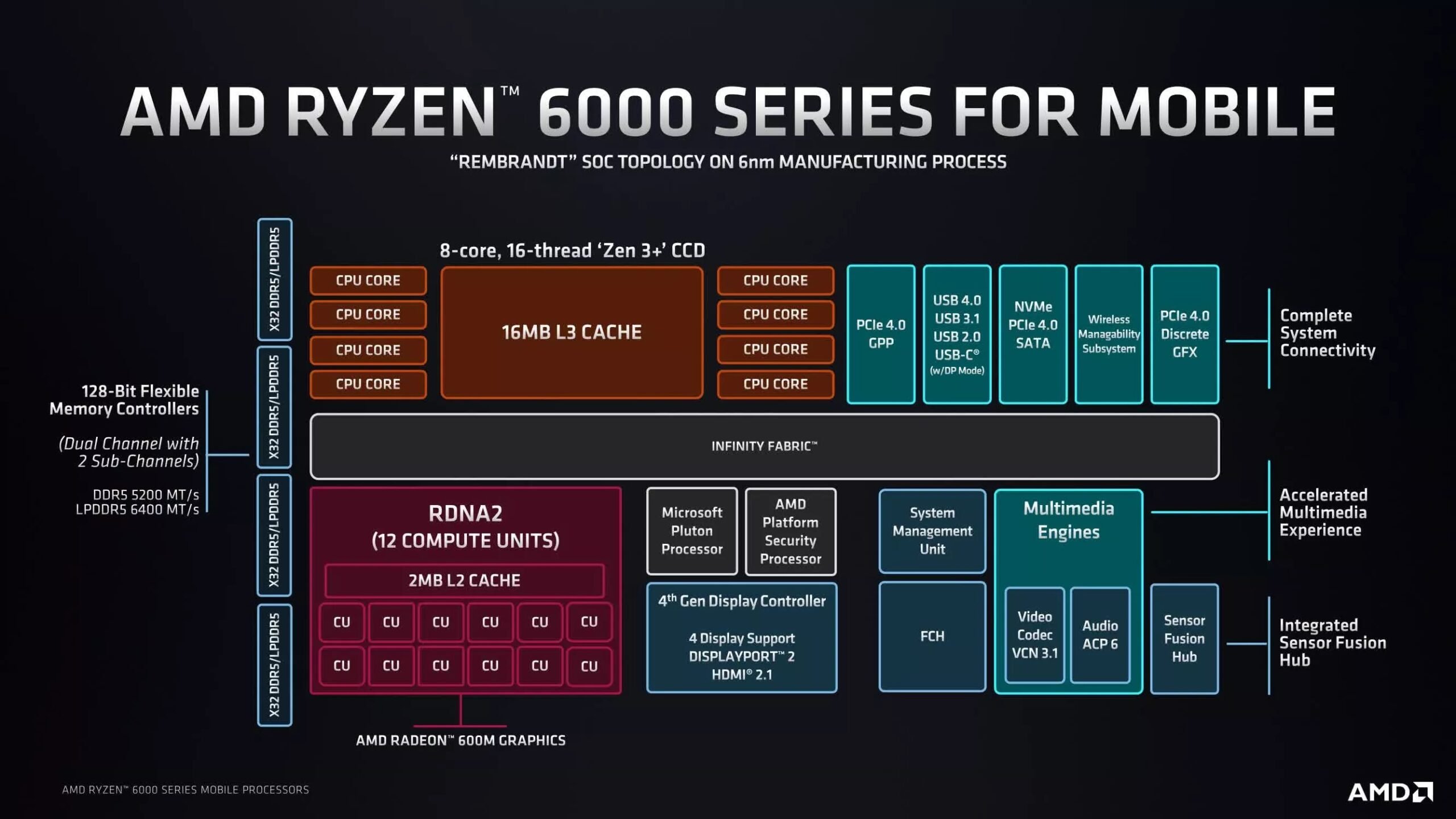
Source: AMD
Nowadays, all AMD processors with built-in graphics have a “G” suffix at the end — 2400G, 3400G, 5700G, etc.
More often than not, however, AMD CPUs have no built-in graphics whatsoever which means that you almost certainly will need to buy a dedicated GPU if you plan on building a Ryzen-based PC.
Are Integrated Graphics Cards Good for Gaming?
That depends on the kind of games you’re into (and plan on playing).
If we’re talking about older titles or perhaps novel esports ones then yes, integrated graphics will suffice. And that holds true for both Intel (Iris Xe) and AMD (Vega and RDNA 2).
If you’re more into AAA titles — stuff like God of War, Horizon Zero Dawn, and the like — then your only (even remotely) viable option is the latest and greatest iGPUs from AMD.
You’ll have to lower the settings down to Medium, but you will get a stable frame rate (30+) in basically all titles; some of them also have FSR support which means you’ll be able to squeeze out even more performance thanks to a bit of upscaling wizardry.
What Can I Do With an Integrated Graphics Card?
Many things, actually!
They’re far more capable than was the case just a few years ago.
Granted, they’re still not powerful enough for any creative professional (or demanding gamer), but they’re nonetheless capable of basically all other non-graphically intensive tasks one might throw their way.
Can I Use an Integrated Graphics Card for Creative Work?
That depends on the kind of work you’re doing.
A powerful, “top-of-the-line” iGPU will deliver all the power you might need for photo editing (PhotoShop and Lightroom, for instance), but your results will vary wildly when it comes to video.
You’ll be able to handle certain codecs and resolutions with ease. Others, however, will prove to be an insurmountable challenge.
In other words: your mileage will vary. But don’t write iGPUs off as they may well be sufficient for your needs.
Who Has Better Integrated Graphics Cards, Intel or AMD?
For video editing, Intel’s latest CPUs — the ones with dedicated media engines — are definitely the better choice. It’s not even close, frankly. That, paired with their awe-inspiring single-core performances makes certain workflows a breeze.
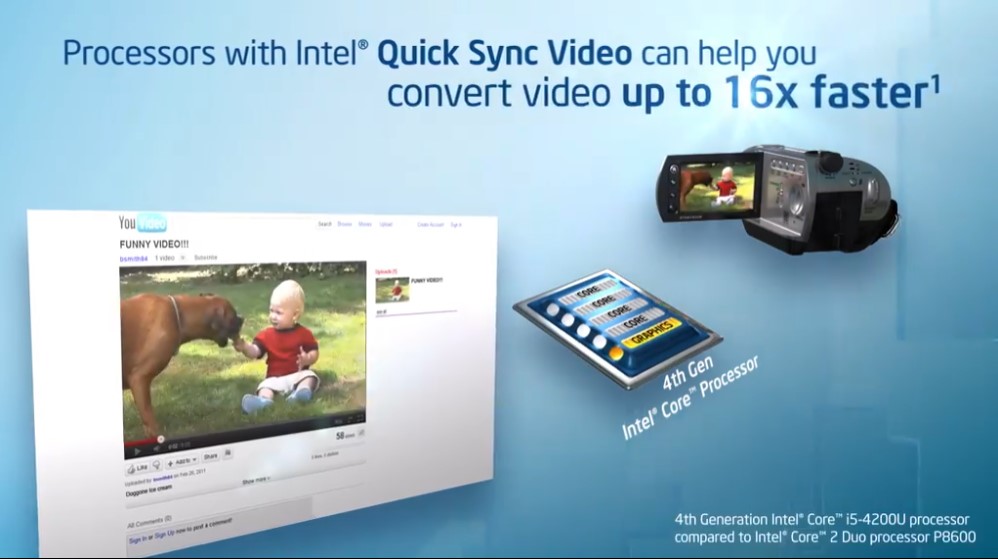
Source: Intel
For gaming, however, AMD is the only viable option.
Intel’s iGPUs are pretty potent (at least on the laptop side of things), but they’re nowhere near as good as what AMD has to offer at this point in time.
Over to You
Dedicated graphics cards are better in almost all scenarios, but integrated ones should no longer be looked down upon.
Each new generation of CPUs brings numerous architectural advancements and invariably makes iGPUs ever so slightly more viable.
We’re still a ways off from them being an actual alternative, but if Intel and AMD keep innovating rapidly, such a future might not be as distant as we all once thought.
What kind of set-up do you currently have? Have you ever used any of AMD’s latest and greatest iGPUs and, if so, what was your experience like?
Let us know in the comments section down below, and in case you need any help, head over to our forum and ask away!
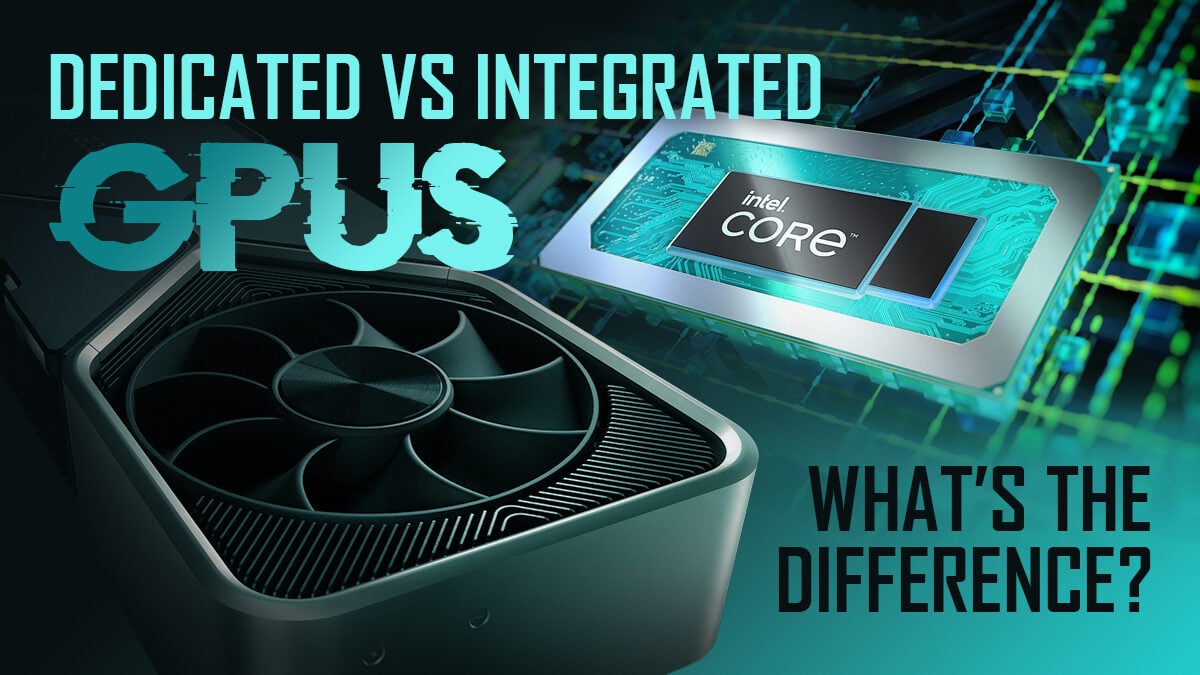
![Guide to Undervolting your GPU [Step by Step] Guide to Undervolting your GPU [Step by Step]](https://www.cgdirector.com/wp-content/uploads/media/2024/04/Guide-to-Undervolting-your-GPU-Twitter-594x335.jpg)
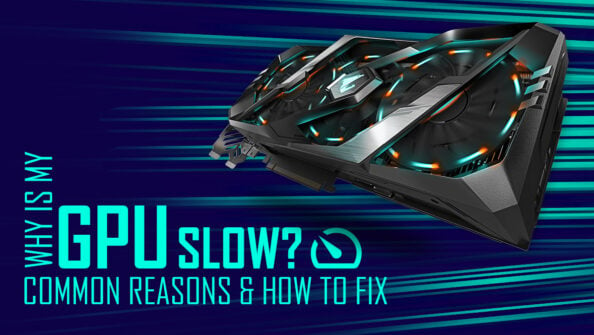
![Are Intel ARC GPUs Any Good? [2024 Update] Are Intel ARC GPUs Any Good? [2024 Update]](https://www.cgdirector.com/wp-content/uploads/media/2024/02/Are-Intel-ARC-GPUs-Any-Good-Twitter-594x335.jpg)
![Graphics Card (GPU) Not Detected [How to Fix] Graphics Card (GPU) Not Detected [How to Fix]](https://www.cgdirector.com/wp-content/uploads/media/2024/01/Graphics-Card-GPU-Not-Detected-CGDIRECTOR-Twitter-594x335.jpg)

2 Comments
28 July, 2023
Nice post! thanks for your detailed explanation !
20 March, 2023
Hi Alex! Thank you for your great post!
I do have one question about using both iGPU and dGPU “together”.
Isn’t it a good ideia to plug your monitor to the iGPU port and leave the dGPU doing the heavy work, like 3D rendering? (normally by selecting it inside the 3D software or something similar).